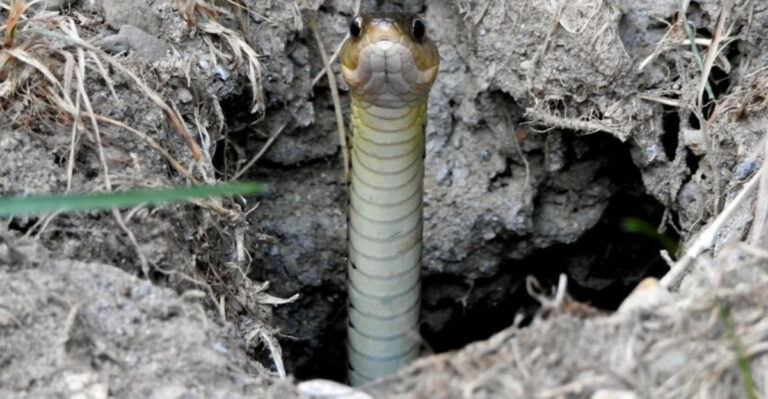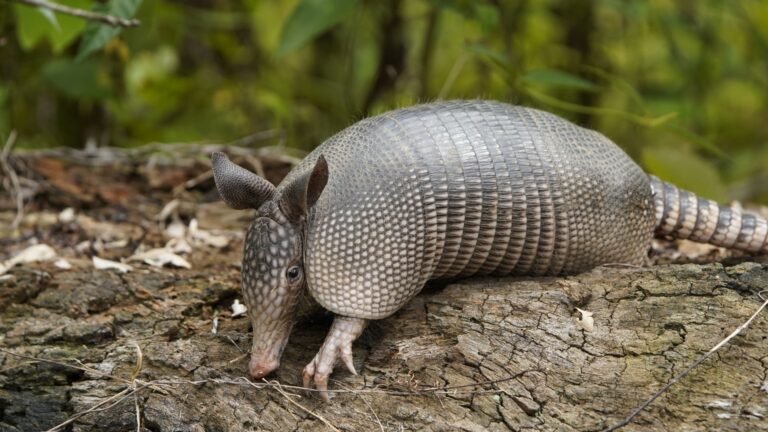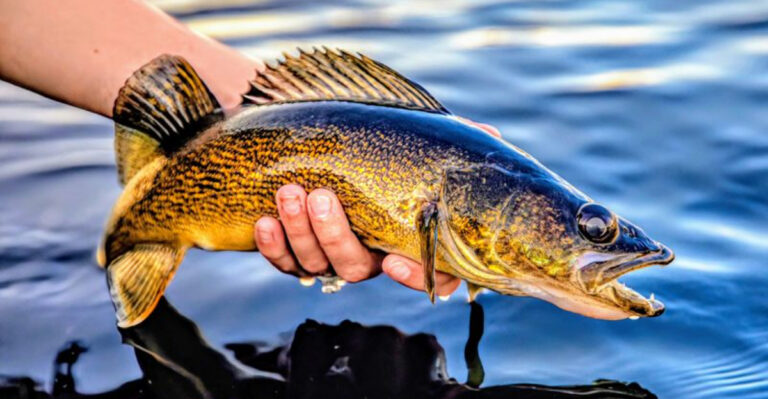These 16 American Zoos House The Most Animals
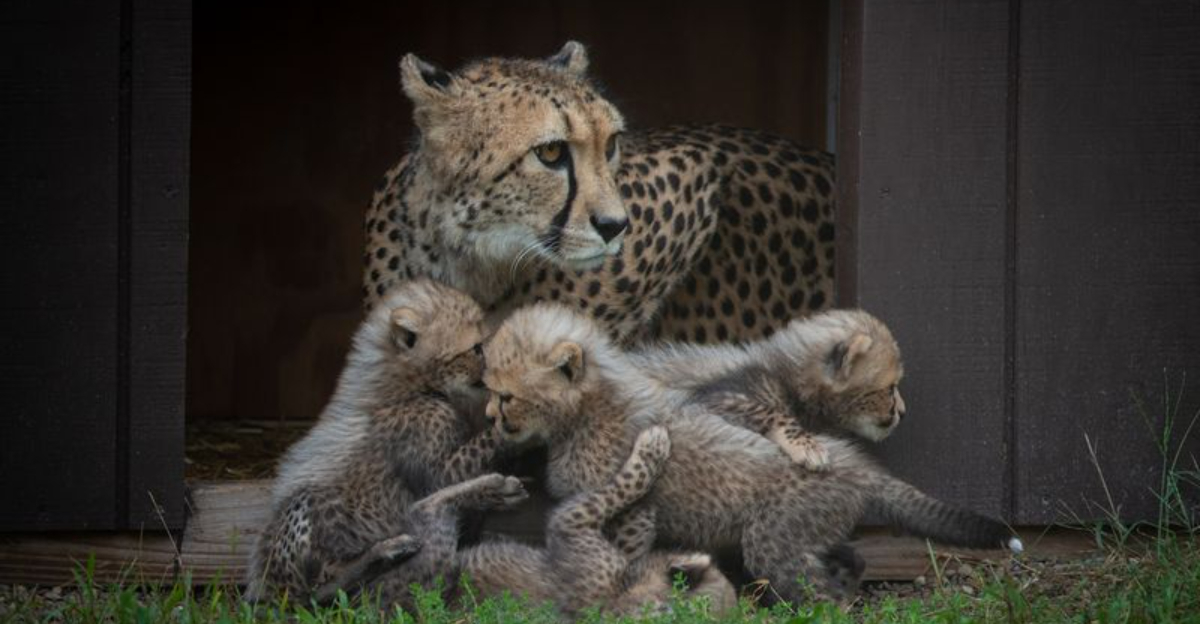
Ever wondered which American zoos are home to the most creatures? From tiny insects to massive elephants, certain zoos across the United States have built incredible animal collections that amaze visitors year after year.
These extraordinary facilities combine conservation efforts, education, and entertainment while housing thousands of animals from around the globe.
1. San Diego Zoo’s Wild Wonderland

What started as a small collection of abandoned animals in 1916 has grown into one of the world’s most impressive wildlife havens.
Home to over 12,000 rare and endangered animals representing more than 650 species, this California landmark pioneered cageless exhibits. Visitors can explore 100 acres of naturalistic habitats ranging from African savannas to Asian rainforests. The zoo’s successful breeding programs have helped save numerous species from extinction.
2. Columbus Zoo’s Incredible Collection

Famous for its former director Jack Hanna, this Ohio treasure houses more than 10,000 animals across 580 acres. The zoo divides its massive property into regions representing different parts of our planet, from the African savanna to the Australian outback.
Polar bears splash in chilled pools while orangutans swing through realistic forest habitats nearby. Their renowned manatee rehabilitation program has successfully returned numerous injured sea cows to the wild.
3. Bronx Zoo’s Urban Safari

Nestled in the heart of New York City, America’s largest metropolitan zoo houses approximately 8,000 animals across 265 acres. Opened in 1899, this historic institution combines Victorian architecture with cutting-edge conservation facilities.
The Congo Gorilla Forest immerses visitors in a rainforest ecosystem complete with western lowland gorillas. Visitors marvel at the massive indoor JungleWorld exhibit, which recreates Asian rainforest habitats regardless of New York’s sometimes harsh weather.
4. Disney’s Animal Kingdom’s Living Laboratory
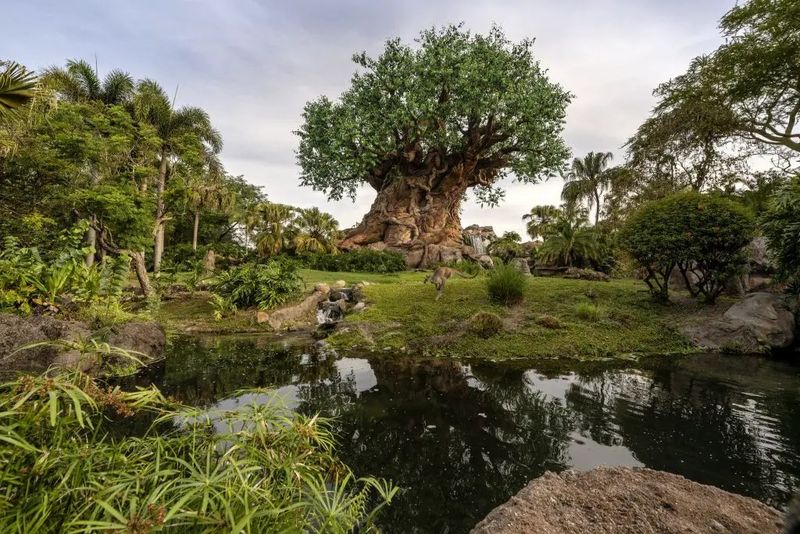
Far more than just an amusement park, this Florida marvel combines entertainment with serious conservation work. Around 2,000 animals roam through meticulously designed habitats spanning 500 acres, making it Disney’s largest theme park. The iconic Tree of Life stands at its center, carved with hundreds of animal images. Kilimanjaro Safaris takes visitors on open-air vehicles through habitats housing giraffes, lions, and hippos in environments mimicking their natural African homes.
5. Henry Doorly Zoo’s Biodiversity Showcase
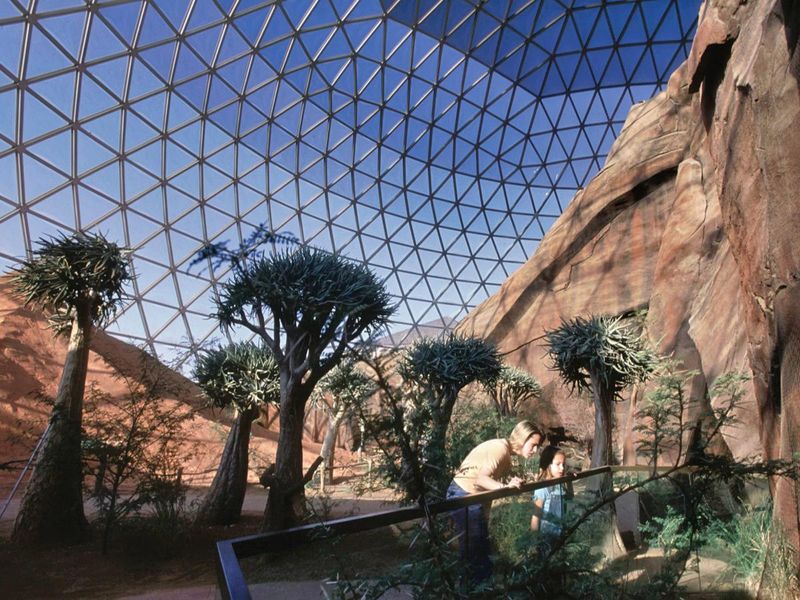
Omaha’s pride and joy features North America’s largest indoor rainforest and the world’s largest indoor desert. This Nebraska gem houses approximately 17,000 animals across 130 acres, including species from virtually every continent.
The spectacular Desert Dome recreates environments from the Namib Desert to Australia’s Outback. Underground, the Kingdoms of the Night exhibit lets visitors explore nocturnal habitats where day and night are reversed, showcasing creatures rarely seen active in other zoos.
6. National Zoo’s Free Wildlife Experience
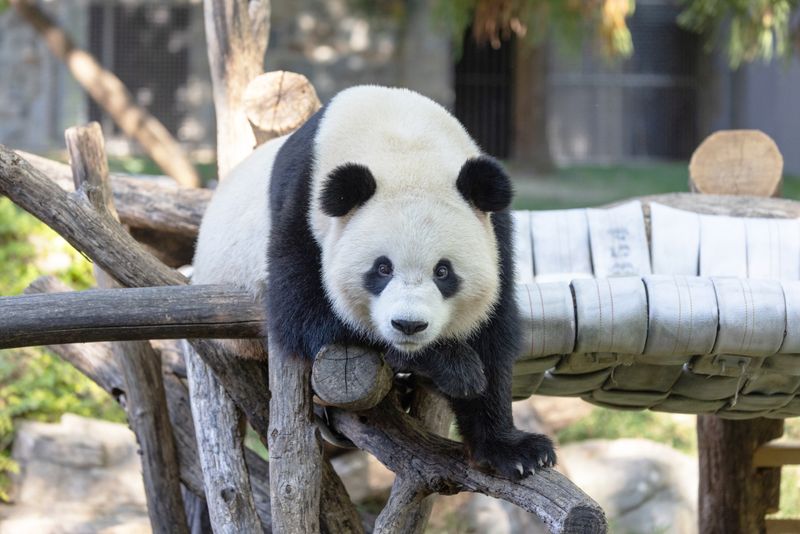
Run by the Smithsonian Institution, this Washington D.C. treasure houses roughly 2,700 animals from 390 species without charging admission. Its most famous residents are the giant pandas, part of a decades-long conservation partnership with China.
The Asia Trail showcases clouded leopards and sloth bears in state-of-the-art habitats. Amazonia recreates a complete rainforest ecosystem where visitors can observe everything from piranhas swimming below to monkeys climbing overhead.
7. St. Louis Zoo’s Historic Habitats

Welcoming over 3 million visitors annually without charging admission, this Missouri institution houses approximately 16,000 animals. Founded in 1910, it has transformed from simple cages to naturalistic habitats spanning 90 acres within beautiful Forest Park. The stunning 1904 World’s Fair Flight Cage remains the zoo’s most historic structure. Their Sea Lion Sound features an underwater tunnel where visitors can watch these charismatic animals swim overhead and around them in a 360-degree viewing experience.
8. Houston Zoo’s Texas-Sized Collection
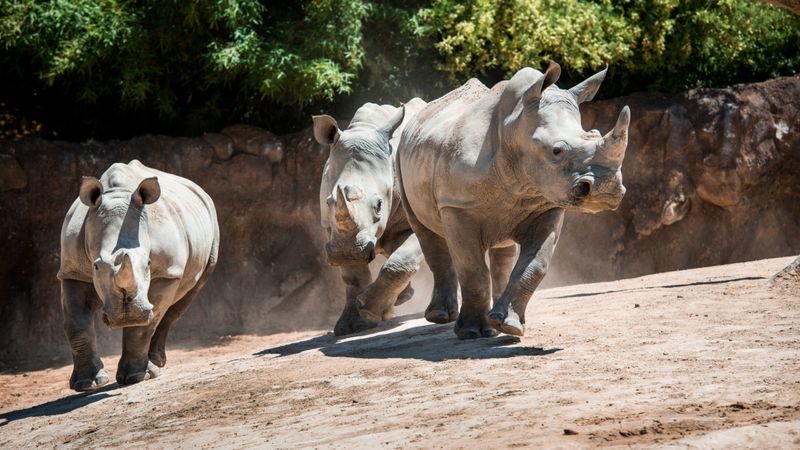
Covering 55 acres in Hermann Park, this Texas treasure houses over 6,000 animals from 900 species. Despite its urban setting, the zoo creates remarkably realistic habitats for creatures from all seven continents.
The African Forest section features chimpanzees and rhinos in environments mimicking their natural homes. Their sea lion habitat lets visitors watch these playful mammals from underwater viewing areas, offering perspectives impossible to experience in the wild.
9. Oregon Zoo’s Northwestern Noah’s Ark

Originally established with just two bears in 1888, this Portland institution now houses more than 1,800 animals across 64 acres. The zoo focuses particularly on species native to the Pacific Northwest alongside creatures from around the world.
Their Elephant Lands habitat spans six acres, giving these massive mammals room to roam. The Great Northwest section showcases local wildlife including black bears, bald eagles, and sea otters in settings resembling their natural Oregon habitats.
10. Lincoln Park Zoo’s Urban Oasis
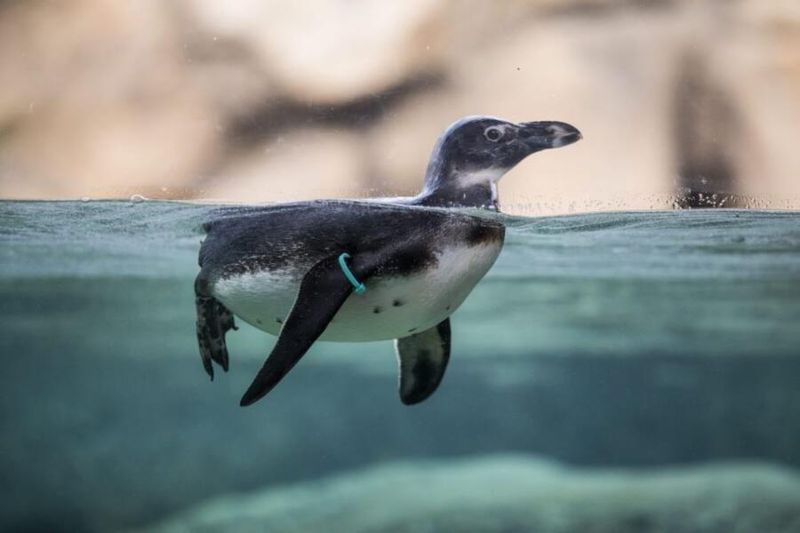
Founded in 1868, making it one of America’s oldest zoos, this Chicago gem houses about 1,100 animals while remaining completely free to the public. Located on prime lakefront real estate, the zoo blends historic architecture with modern animal care facilities. The Regenstein Center for African Apes features one of the country’s largest gorilla troops. The Nature Boardwalk transforms a simple pond into a thriving ecosystem where turtles, frogs, and birds flourish just minutes from downtown skyscrapers.
11. Cincinnati Zoo’s Conservation Powerhouse

Opened in 1875, America’s second-oldest zoo occupies 75 acres and houses approximately 1,900 animals. This Ohio institution has become internationally known for its successful breeding of endangered species, particularly big cats and rhinos.
Their spectacular Cat Canyon recreates habitats for endangered felines from around the world. The zoo gained worldwide attention when Fiona, a premature hippo calf, survived against the odds and became an internet sensation and conservation ambassador.
12. Philadelphia Zoo’s Historic Collection
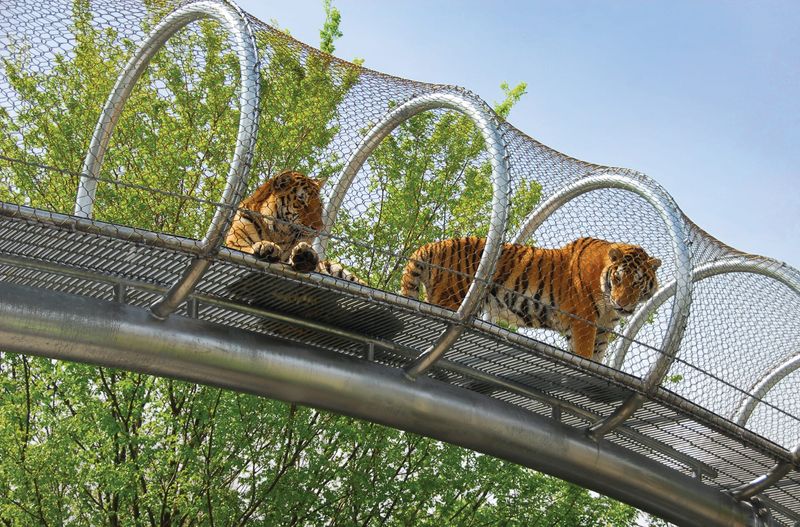
America’s first true zoo opened in 1874 and now houses approximately 1,300 animals across its 42-acre Victorian garden. This Pennsylvania landmark pioneered the revolutionary Zoo360 trail system – elevated mesh trails allowing animals to travel throughout the zoo. Big cats prowl overhead while primates swing along their own separate skyways. The KidZooU children’s zoo doubles as a Hamilton Family Children’s Zoo and Faris Family Education Center, teaching conservation through hands-on experiences.
13. Dallas Zoo’s Texas-Sized Habitats
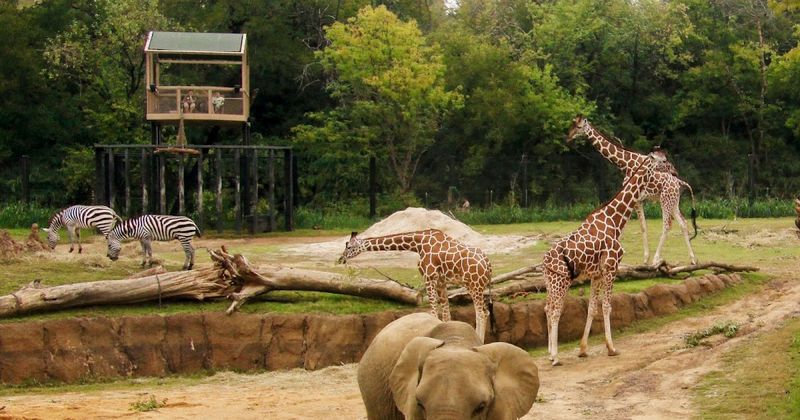
Sprawling across 106 acres, Texas’ oldest and largest zoo houses approximately 2,000 animals from 406 species. The zoo divides itself into two main sections: ZooNorth containing traditional exhibits and the Wilds of Africa featuring an award-winning 3.5-acre gorilla habitat.
The Giants of the Savanna habitat brings together elephants, giraffes, zebras, and lions in a shared space. A special monorail takes visitors on an elevated tour through otherwise inaccessible areas of the African habitats.
14. Denver Zoo’s Mile-High Menagerie
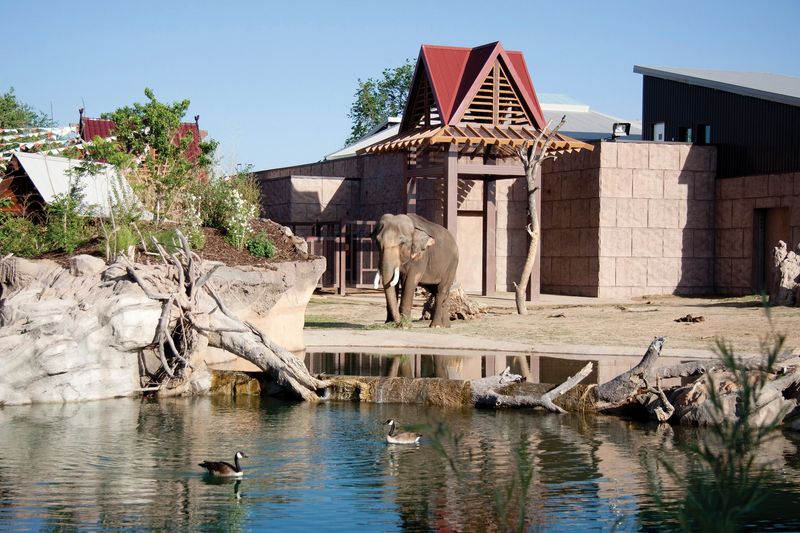
Sitting exactly one mile above sea level, this Colorado institution houses approximately 3,500 animals across 80 acres. Founded in 1896, it was the first American zoo to use naturalistic habitats instead of cages, starting with Bear Mountain in 1918.
Toyota Elephant Passage recreates Asian habitats for elephants, rhinos, and tapirs with more than 1.1 million gallons of water recycled throughout the exhibit. Predator Ridge rotates lions, hyenas, and wild dogs through different habitats, providing enrichment through changing environments.
15. Memphis Zoo’s Southern Showstopper
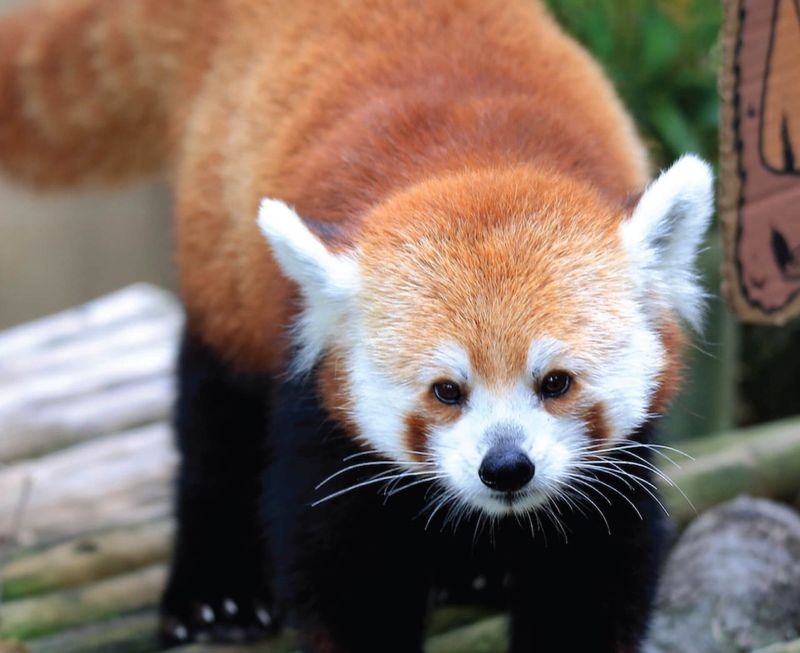
One of only four American zoos housing giant pandas, this Tennessee treasure displays approximately 3,500 animals across 70 acres. The zoo divides itself into three zones containing 19 distinct exhibits, from the tropical Teton Trek to the frigid Northwest Passage.
Cat Country houses the world’s most comprehensive collection of big cats. The China exhibit not only houses the famous pandas but recreates traditional Chinese architecture, blending cultural education with wildlife conservation.
16. Los Angeles Zoo’s Hollywood Collection
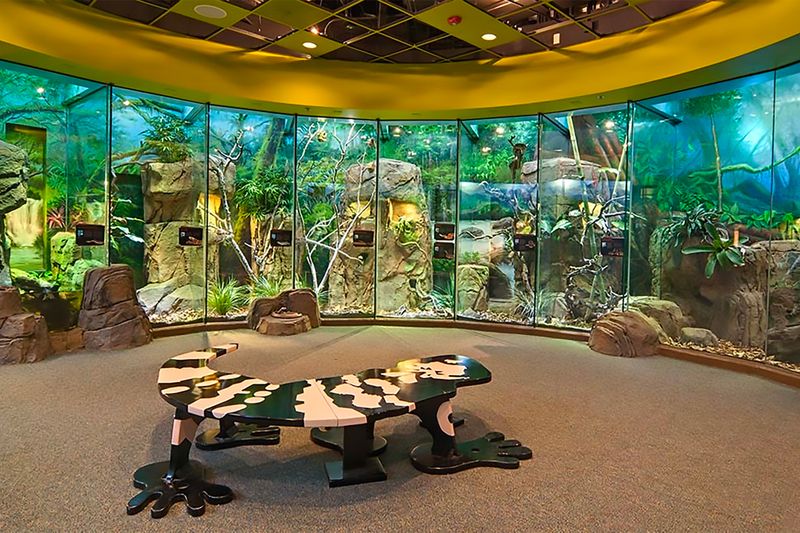
Nestled in Griffith Park near the famous Hollywood sign, this California institution houses approximately 1,400 animals across 133 acres. Founded in 1966, the zoo focuses particularly on rare and endangered species, with more than 58 endangered species in their care.
The LAIR (Living Amphibians, Invertebrates, and Reptiles) houses one of America’s largest collections of rare reptiles and amphibians. Their Campo Gorilla Reserve gives visitors unprecedented close-up views of western lowland gorillas through glass panels set into naturalistic habitats.

